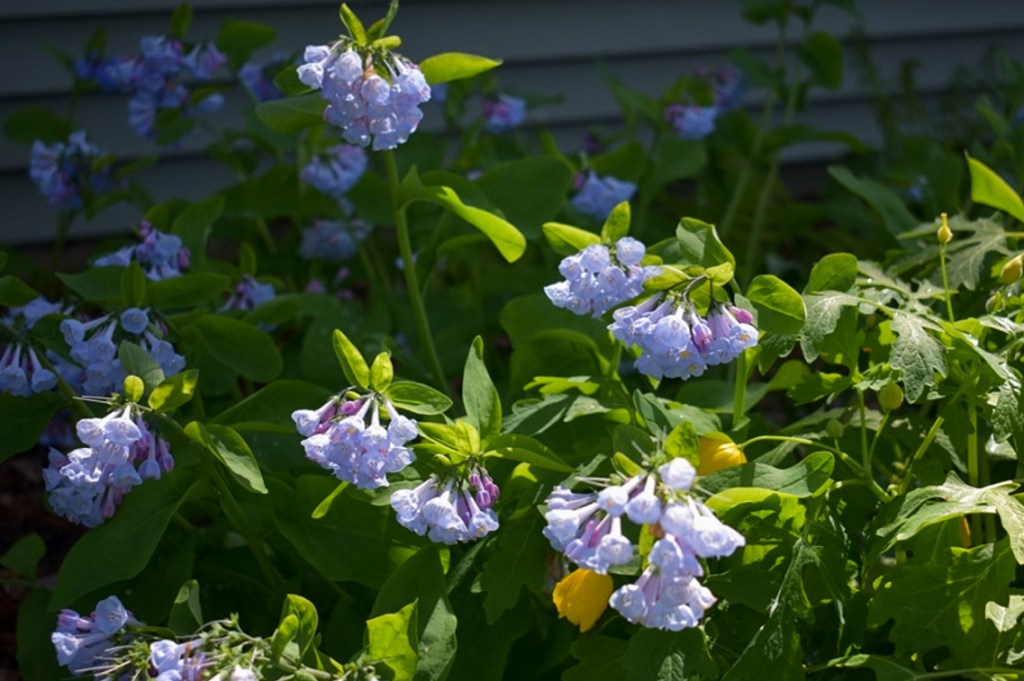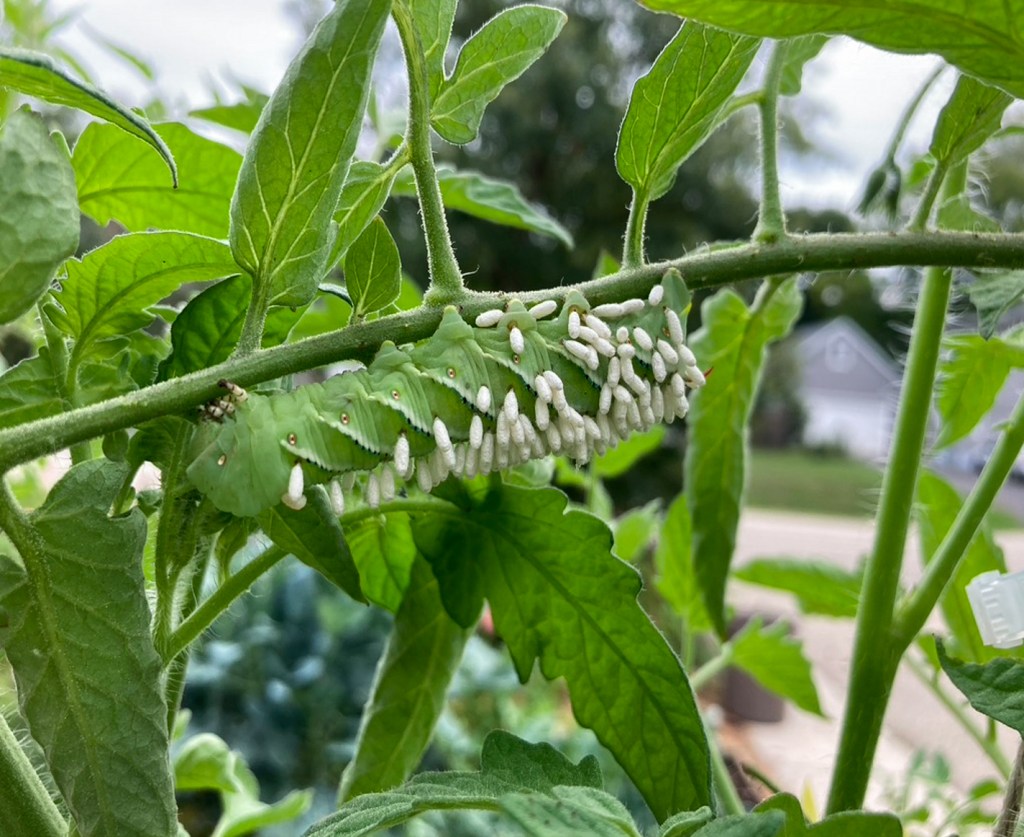Guest post by Eileen Davis
It’s a sunny July afternoon at a Lake County Forest Preserve in northern Illinois. The humidity is low and the breeze is just right. I’m poised over a patch of wild bergamot (Monarda fistulosa), furiously clicking away with my camera, hoping to get at least one image that will be clear enough for me to identify the native bumble bee feeding on the flower. If there’s a better way to spend a Saturday afternoon, I haven’t found it.

I’ve joined about a dozen other people training to become volunteer bee monitors under the direction of Alma Schrage. Alma is a pollinator ecologist and contractor researcher doing surveys on lands owned by the Forest Preserves and Citizens for Conservation in service of the Barrington Greenway Initiative.
We completed two online training sessions this spring and spent time learning to identify the 11 species of bumble bees found in Illinois. This day’s field session taught us the protocols we need to follow when in the field counting and photographing bumble bees and the flowers they visit.

Why are we so interested in counting bumble bees? Because in summer 2020, Forest Preserves staff spotted the federally endangered rusty patched bumble bee (Bombus affinis) in a local preserve. Once common across much of the eastern United States, the rusty patched bumble bee (RPBB) population has declined by more than 87% in the last 20 years due to habitat loss, pesticide use and climate change. And they’re not alone. Many other native pollinator populations are declining, as well.

The work done by Forest Preserves staff and volunteers to restore habitat in the preserves—such as removing non-native, invasive plants and planting native trees, shrubs, wildflowers and grasses—is critical to supporting not only the RPBB, but all native pollinators.
The 31,000-plus acres managed by the Forest Preserves represent about 10% of land in Lake County. Which is fantastic—and yet, only 10% of the land! So, what about the other 90%? That’s where the rest of us come in. What we plant and how we plant it make a difference. Here are some things you can do at home to help support native pollinators.
Add native plants to your garden. Native plants are those that have been growing here for thousands of years. They’re the plants native wildlife use for food and shelter. They are also adapted to the local climate, so once established, are easier to grow and maintain. Even if you don’t have a garden, there are many native plants that work well in containers on a balcony or patio. Our Online Native Plant Sale, open now through October 31, 2022, is a great source from which to purchase native plants.
Choose a variety of plants to provide blooms throughout the growing season. When planning your garden, be sure to include some early spring and late-summer-through-fall bloomers to provide plenty of nectar and pollen for pollinators active at different times of year. Plant flowers in groups of five individuals or more if possible. These larger groups, or swaths, of blooms grab the attention of pollinators and allow them to feed more efficiently.



Eliminate pesticide use. Pesticides kill not only pest insects, but beneficial predator insects, bees and butterflies as well. By adding native plants to your garden, you’ll attract beneficial predator insects and will notice they do a great job of pest control.
Skip the fall garden clean-up and leave your leaves. Many native pollinators overwinter in leaf litter and on native plants as either an egg, larva or adult. Waiting until spring to clean up the yard, and keeping leaves and other plant material in your garden, provides important habitat and improves the health of the soil. In spring, trim flower stalks to 18–24 inches. These hollow stems provide homes for cavity-nesting bees.


To learn more about how you can plant for pollinators and garden with native plants, check out our online calendar for upcoming programs. Join our FREE Landscaping for a Changing Climate virtual program on September 14, 7–8 pm, to discover nature-based solutions that lessen the impacts of the changing climate.
In-person and virtual presentations are available for organized groups such as HOAs, garden clubs, libraries and municipalities. Email our educators at AskAnEducator@LCFPD.org to schedule a FREE presentation for your group. And read more native landscaping tips on our website.

Thank you, thank you for monitoring bumblebees. I used to monitor some flowers at Lyons Woods. Too old now. I also have planted across the seasons native wildflowers. They bring me a lot of joy. Thank you for your suggestions. I hope the bumblebees will grow in larger numbers.
Thank you so much for reading, Ellen! It’s wonderful to hear about your monitoring work and your planting of native flowers. Every effort helps support bumble bees!
I decided to sign up to be a monitor this spring. To become become proficient I first began to monitor in my neighborhood. The first few weeks I noted the most common bees including B.impatiens, B. Griseocolis and B.Bimuculatis. One day I decided to check out a small mini patch of hyssop in my neighborhood. I zoomed in my phone ready to take some photos expecting similar results.
But lo and behold the bumblebee had a brown spot. I immediately recalled the phrase we learned from Alma in training “brown then yellow remember this fellow.” It then registered that I was looking at B.affinis – the Rusty patched bumble bee. I honestly couldn’t believe since they were foraging on just 2 plants in a neighborhood with a minimum of floral resources. Yet I made daily observations for about a week. I give both Alma and LCFP credit for giving me the opportunity to become a monitor. I otherwise probably would have never known the RPBB was in my neighborhood. It indeed is a blessing for which I am grateful.